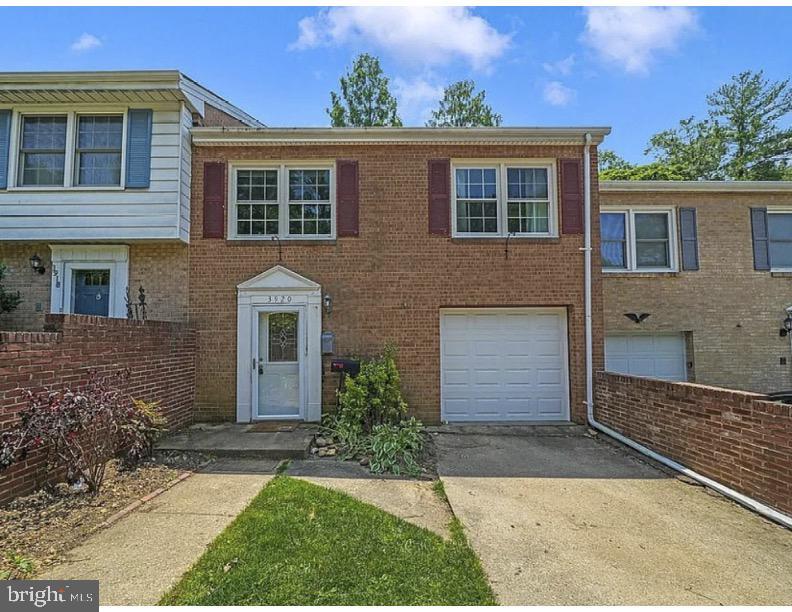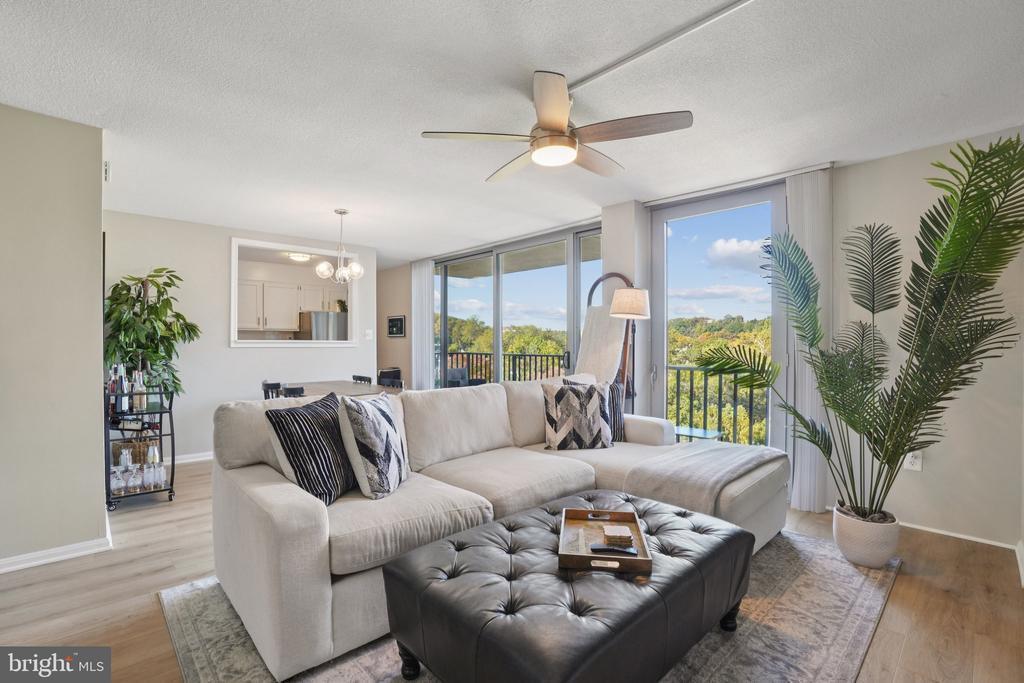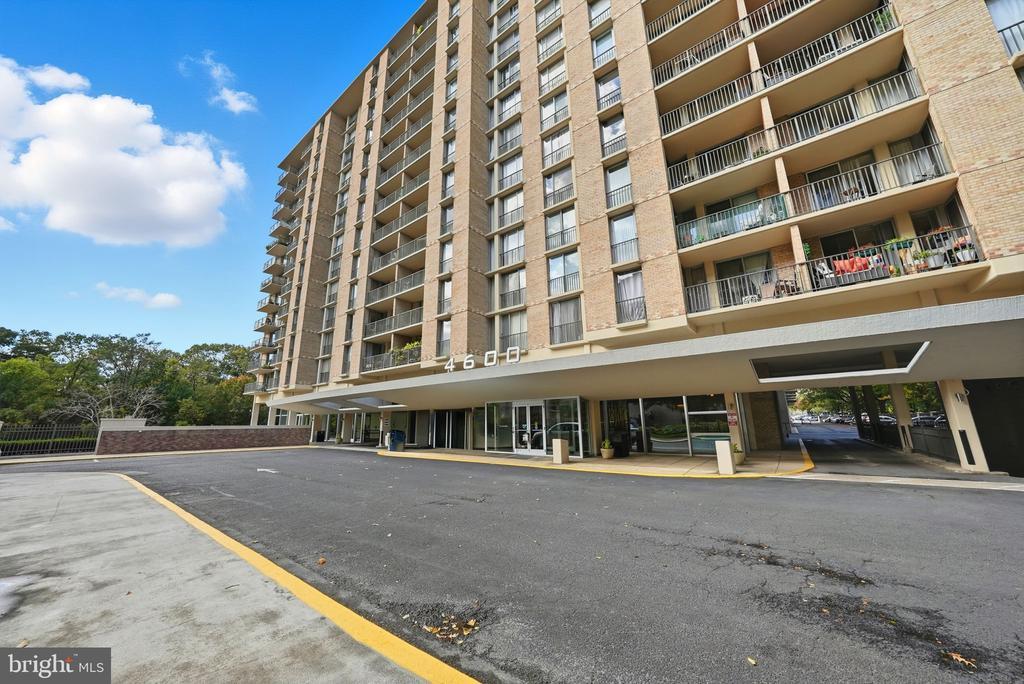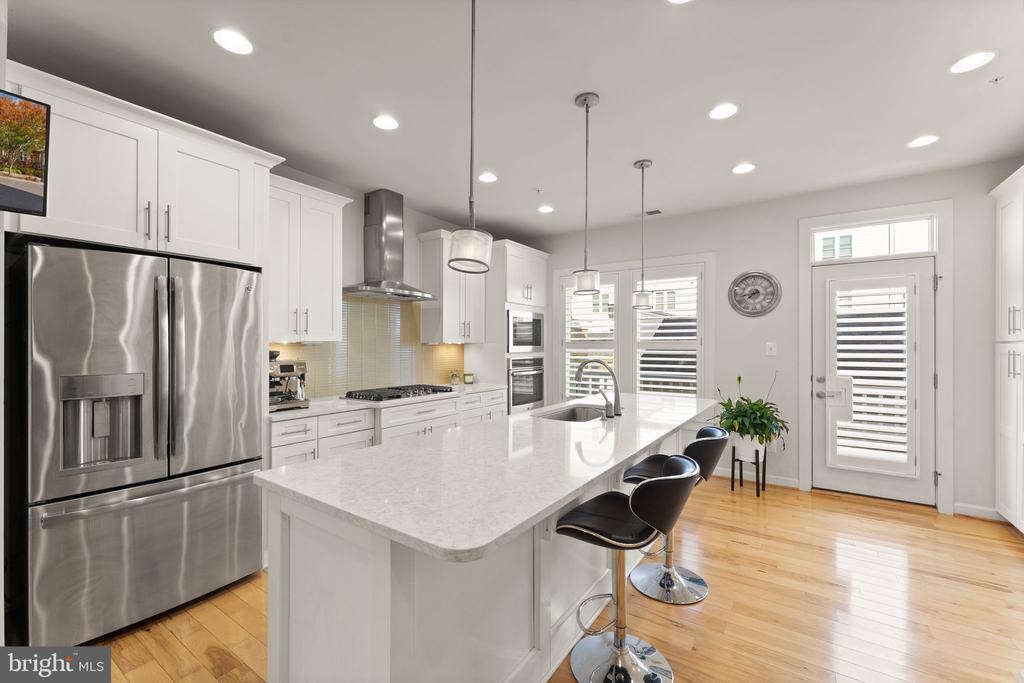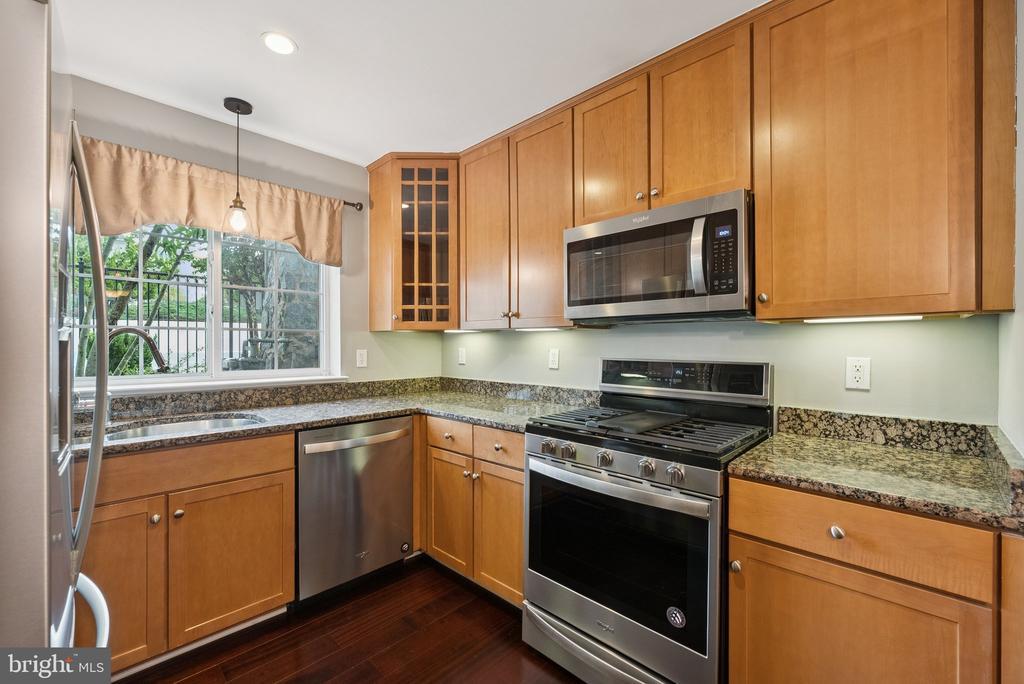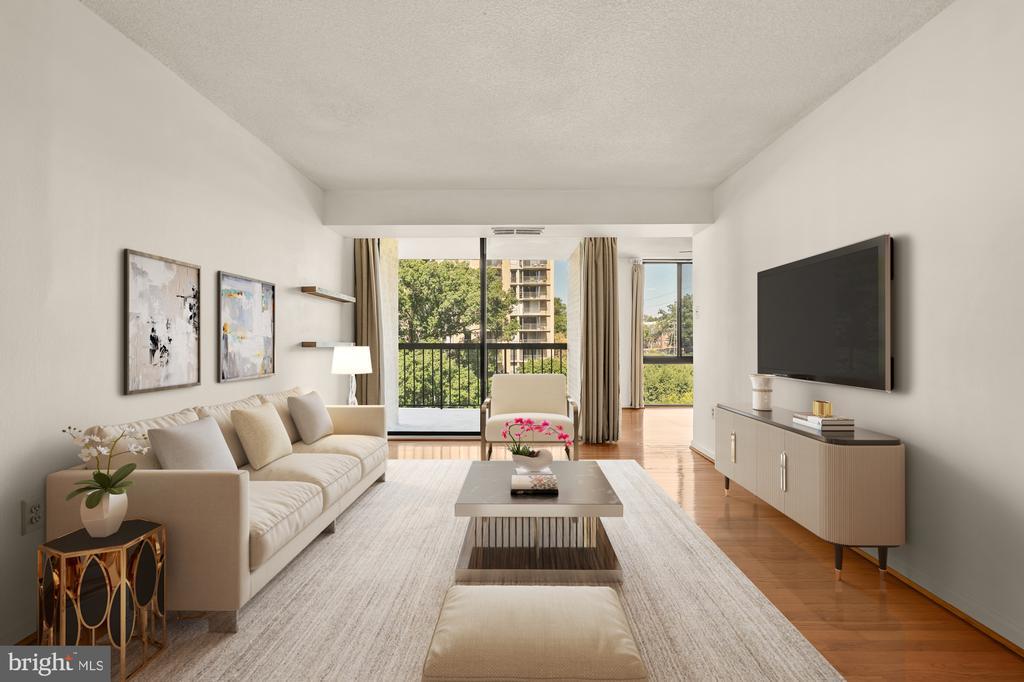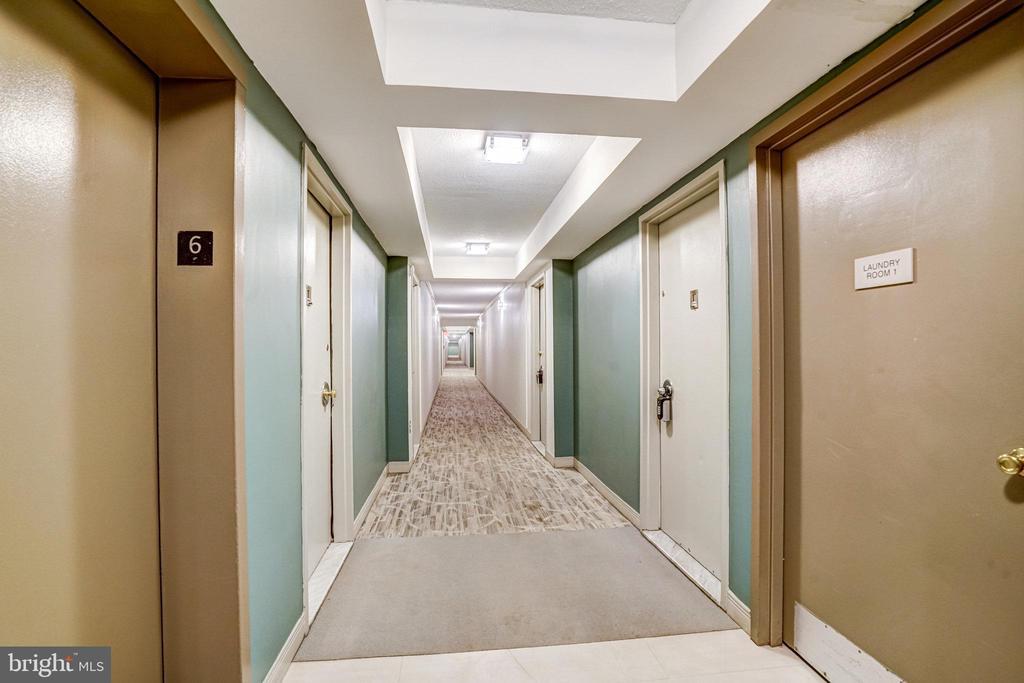Real Estate Statistics
| Average Price | $328K |
|---|---|
| Lowest Price | $1.6K |
| Highest Price | $1.5M |
| Total Listings | 50 |
| Avg. Days On Market | 36 |
| Avg. Price/SQFT | $210 |
Property Types (active listings)
Browse Douglas Park Real Estate Listings
- All Listings
- Under $100,000
- $100,000 - $200,000
- $200,000 - $300,000
- $300,000 - $400,000
- $400,000 - $500,000
- $700,000 - $800,000
- $800,000 - $900,000
- $900,000 - $1,000,000
- Over $1,000,000
More About Douglas Park
The community today known as Douglas Park is the compilation of two separate housing developments: New Arlington and Douglas Park. The neighborhood development of Douglas Park first began to appear on historic maps of Arlington County in 1927. The newly developed community was bounded to the south by Fort Barnard, Four Mile Run and the Washington and Old Dominion Railroad; Fort Berry and Washington Avenue (now South Kent Street) to the north and northwest, and the Washington-Virginia Electric Railway line and the community of Nauck to the east. Constructed prior to the establishment of the community in 1927, these Queen Anne-style buildings are larger in scale and plan than the more modest Bungalow and Colonial Revival-style dwellings dating from the 1920s through to the 1940s. The streets and alleys were laid in a grid-like pattern between the previously established crossroads and major transportation routes such as South Glebe Road, Columbia Pike, and the Arlington County and Fairfax Railway that originally marked the county. The great influx of military and federal personnel during the years of World War II prompted the construction of housing and commercial amenities, thereby establishing New Arlington-Douglas Park as a densely populated residential neighborhood.Apartment buildings and commercial structures developed along the historic routes, depleting the area of many of its mid- to late-19th-century resources. The development of the 1930-1940s, however, remained largely intact to provide a contained residential community, circumscribed by this later growth. The 125 properties recorded tended to exhibit the modest bungalow form with small concentrations of late Victorian Queen Anne-style dwellings. Infill dating from the 1950s, generally in the form of Cape Cod homes are interspersed throughout the community.


